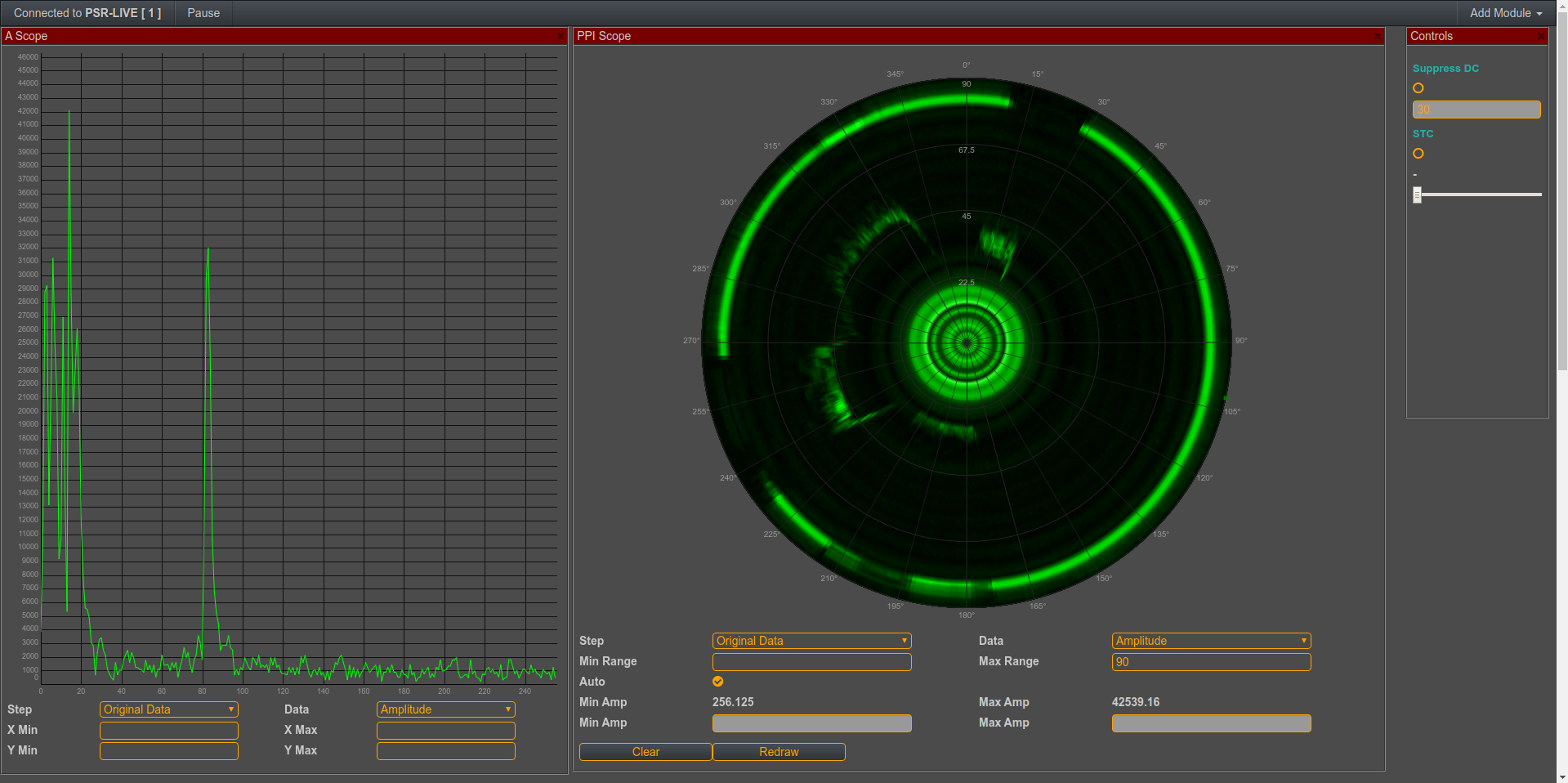It is projected that by 2036, the aviation sector will need 125,000 air traffic controllers, and 1.3 million aircraft maintenance personnel to fill vacancies left by retiring aviation professionals. In 2016, the Next Generation of Aviation Professionals (NGAP) Programme was formalized as an ICAO initiative to meet the need for trained and qualified aviation professionals.
ICAO’s NGAP Programme “provides a platform to raise awareness and engage with stakeholders on the impending shortages of personnel, and to promote cooperation and coordination within the global aviation and education community to attract, educate and retain the next generation of aviation professionals.”
Breakdown of NGAP Goals

In October 2016, under A29-29 of its resolutions, the ICAO recognized the importance of supporting the growth of the aviation industry as an important factor for supporting economic development and growth around the globe. In recognizing that importance, the ICAO also recognizes that in order to support this growth and ensure the safe and efficient operation of the air transportation system, there needs to be qualified and competent aviation professionals and this includes the need for a diverse workforce.
To meet the increasing need for aviation professionals, NGAP emphasizes the importance of States and the aviation for engaging with the next generation of aviation professionals, including Millennials.
In doing so, partnerships between industry and educational organizations, regional organizations and the government are critical for attracting, educating, and retaining the next generation of professionals.
So, What Does This Mean for Aviation Academies?
 Aviation academies are at the forefront for supplying trained and qualified professionals to the aviation industry. It is now the time for academies to evaluate whether they are prepared to meet what can be a great opportunity for them to expand operations for onboarding an influx of a new generation of students. These are students who may be part of the Millennial workforce who also have different learning styles than previous generations.
Aviation academies are at the forefront for supplying trained and qualified professionals to the aviation industry. It is now the time for academies to evaluate whether they are prepared to meet what can be a great opportunity for them to expand operations for onboarding an influx of a new generation of students. These are students who may be part of the Millennial workforce who also have different learning styles than previous generations.
Academies need to prepare to engage and cultivate the next generation of professionals.
This could mean making sure their staff is sufficiently trained themselves. Having the right type of training equipment, including simulators and NextGen radar training equipment to sufficiently and efficiently
prepare students to become the next
generation of aviation professionals.
Simulators and radars will also be needed to assist with the increased role of conversion training as aviation personnel expand into vacancies for higher up positions. This includes equipment that can be scalable to meet the training needs of a wide variety of aviation professions, including air control operations, security, and maintenance personnel.
References and Further Reading
- Learn more about attracting and qualifying Millennials for ATCO and ATSEP (2019-today), by Dawn Turner, Dennis Vasilev, Dr. Ulrich Scholten, Peter Green and more





